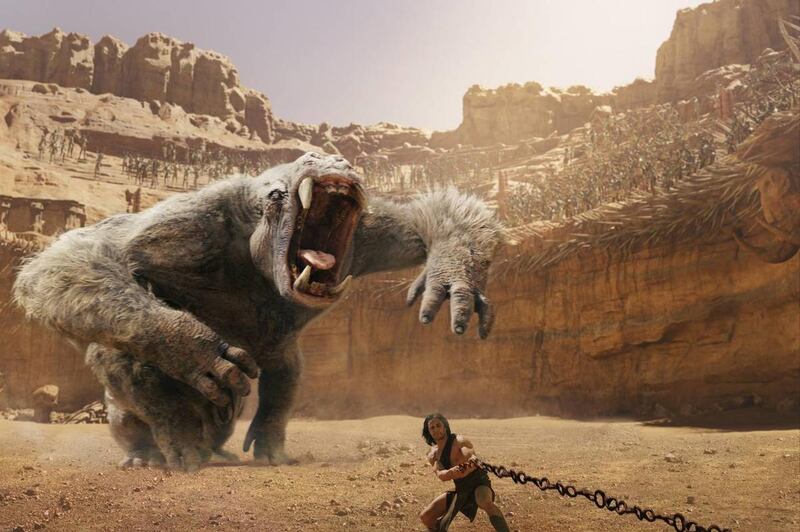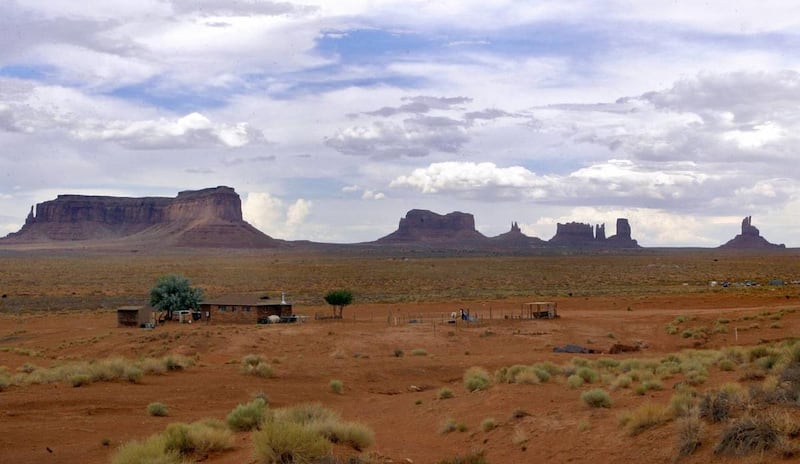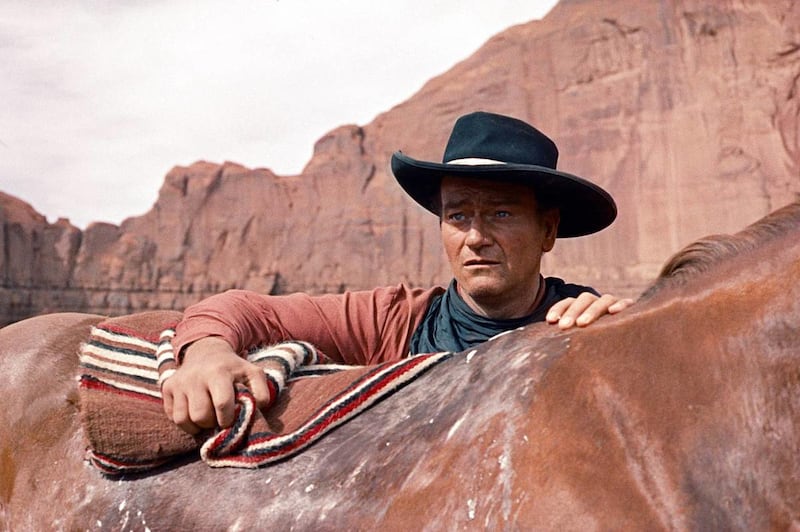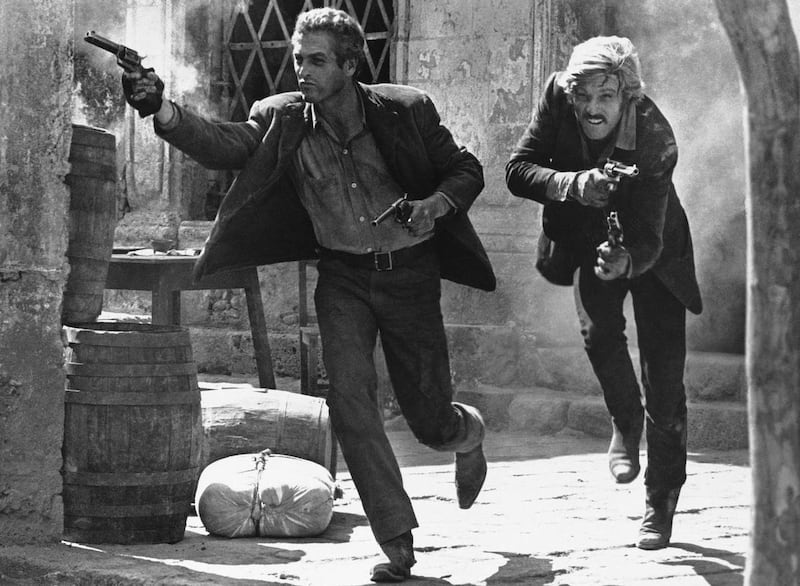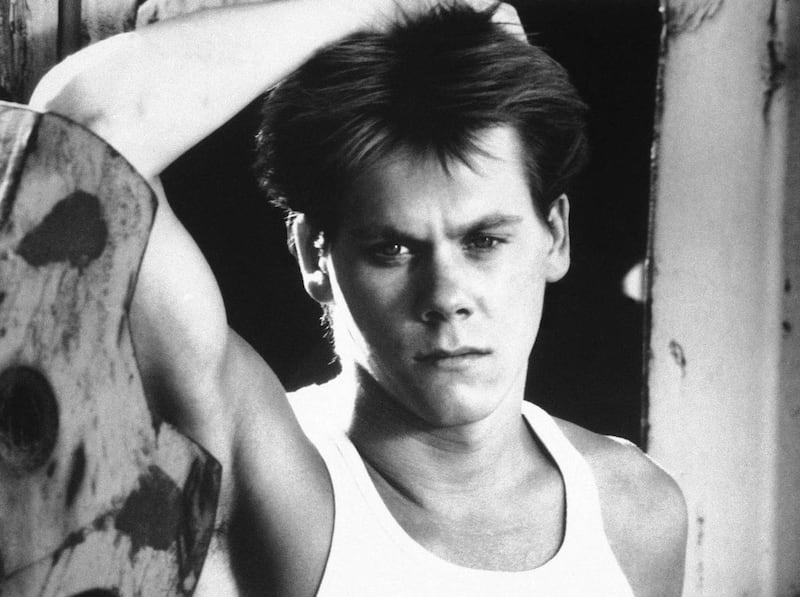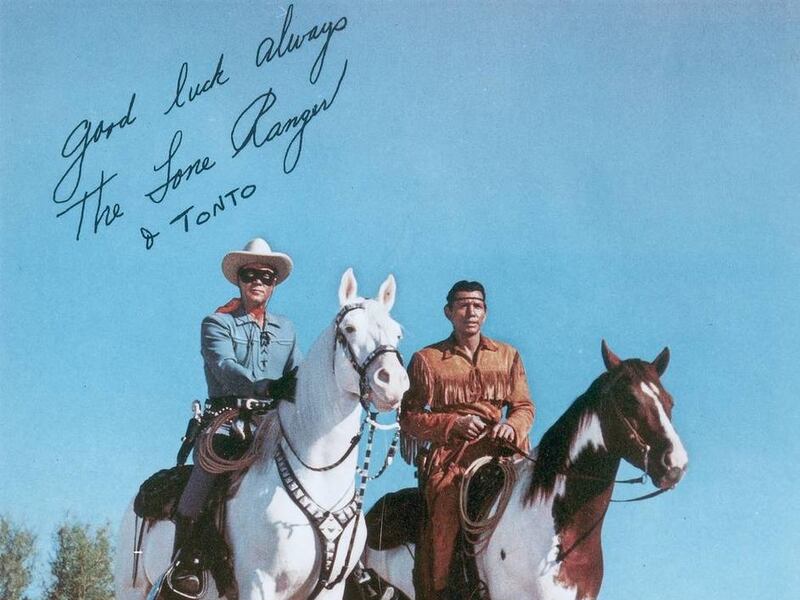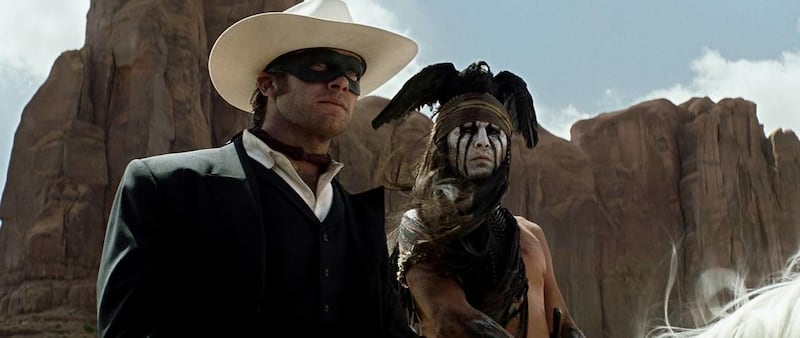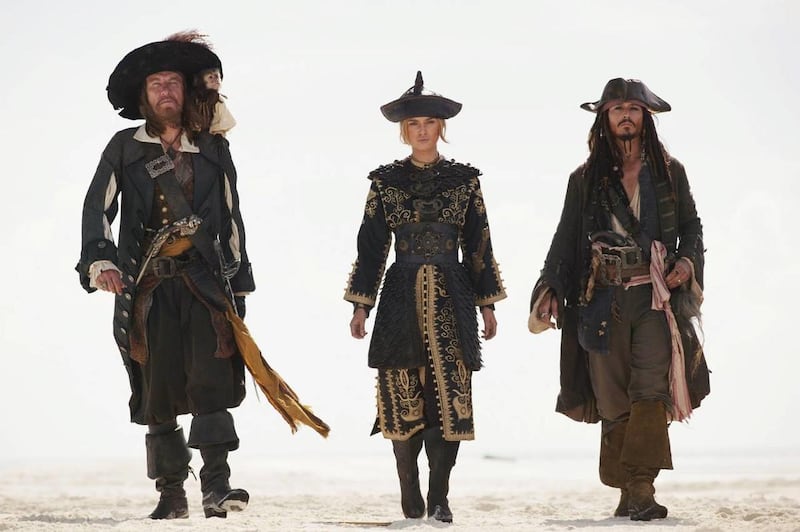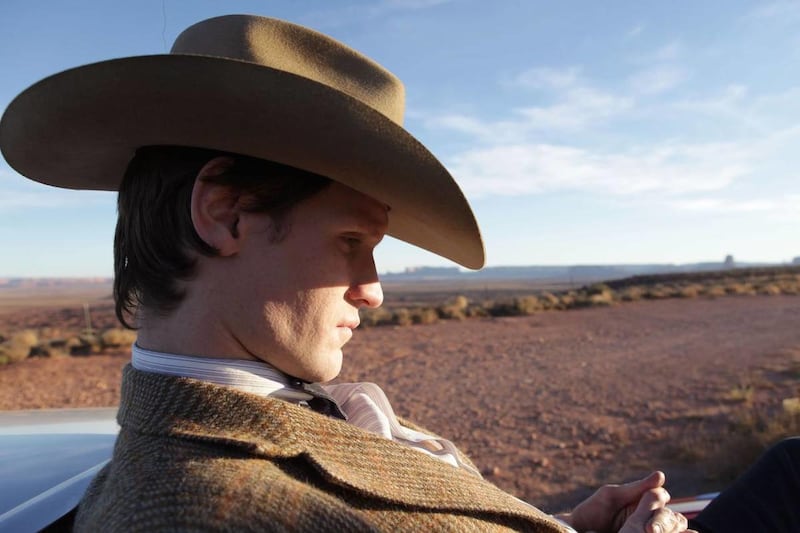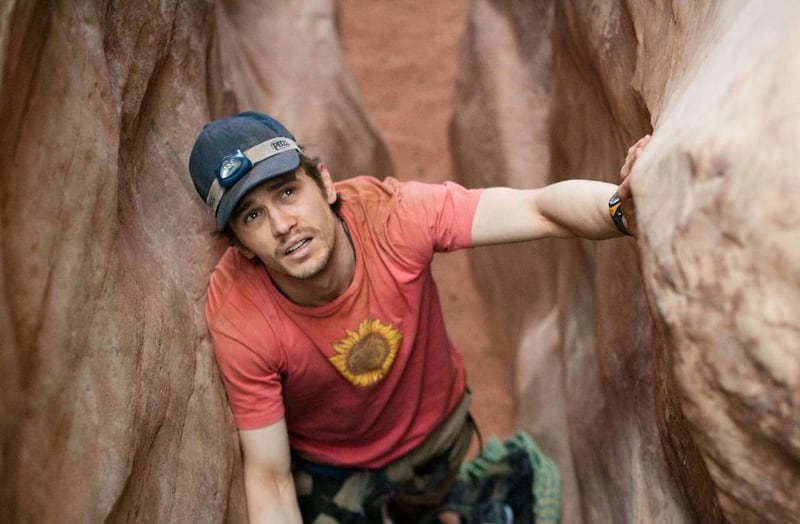From the desert red rock of Arches National Park to the snow-capped mountains of the Wasatch Range, Utah's landscape attracts millions of visitors each year.
The landscape has also caught the eye of Hollywood directors and producers.
Walt Disney’s “The Lone Ranger” may have had a forgettable opening, but the film will be remembered as featuring the red buttes, canyons and open spaces of southern Utah.
The film recounts how John Reid, a newly deputized Texas Ranger, transforms into the lone ranger — an outlaw for justice.
"It feels like the frontier. There are parts of it that feel really remote and are pristinely left alone,” said Armie Hammer, who plays Reid, in a recent behind-the-scenes video.
The film used three areas surrounding Moab — Dead-Horse Point, Castle Valley and Kane Springs — and Monument Valley Navajo Tribal Park to recreate the Wild West.
"It was great to get out on these beautiful locations and not have to say, 'Oh we'll paint out those telephone lines, and you know, that road, we can do away with in post,'" Hammer said. "It's like we're really out here. And we can shoot in any direction and it works."
“The Lone Ranger” is the latest of the more than 900 movies and TV shows that have been filmed in Utah, according to the Utah Film Commission.
Forrest Gump ran through Utah's famous arches. A young Indiana Jones lived with his father in Moab in “Indiana Jones: The Last Crusade.” Utah's red rock served as the background for the opening of “2001: A Space Odyssey.” Even sci-fi’s famous doctor came to Utah in an episode of the BBC’s “Doctor Who.”
Famous director John Ford was largely responsible for immortalizing Utah’s landscape, especially as the classic Western backdrop, according to an article on Smithsonian.com.
Ford was one of the first directors to film in Utah when he chose Monument Valley as the backdrop for the 1938 film “Stagecoach.” The film was the first of seven Ford Westerns to be filmed in Monument Valley and launched John Wayne’s acting career.
The most famous of the seven, “The Searchers,” is credited by many as Ford’s best film and one of Wayne’s most compelling performances.
Film critic Roger Ebert gave the film 4 out of 4 stars, writing, “(Ford) had an unrivaled eye for landscape, and famously used Monument Valley as the site for his Westerns, camping out with cast and crew, the company eating from a chuck wagon and sleeping in tents. Wayne told me that making a Ford Western was like living in a Western.”
Monument Valley became such a popular backdrop for Westerns that locals began to refer to the nearby town of Kanab as "Utah's Little Hollywood," according to Utah.com. More than 100 movies — including "Maverick" and both the 1968 and 2001 "Planet of the Apes" — have been shot in this small town on Utah's southern border. “John Carter,” one of the more recent films to spotlight the area, used Utah’s famous red-rock deserts to recreate the red planet of Mars.
Walking along the streets of Kanab, visitors can see movie memorabilia posted in shop windows or visit the Little Hollywood Museum. The town even has its own Walk of Fame that hosts the names of notable actors and directors who filmed in Kanab including Wayne, Ronald Regan and Glenn Ford.
Actor and director Robert Redford also contributed to Utah’s film fame.
During the filming of “Butch Cassidy and the Sundance Kid,” Redford became enamored with Utah’s landscape. According to AMC's movie blog, Redford said he moved to Utah because "there's plenty of room to roam and be alone with nature."
Redford’s 1972 film “Jeremiah Johnson” became a tribute to Utah’s wilderness.
According to a post by Rob Nixon at Turner Classic Movies, Warner Bros. originally wanted to film the movie on a soundstage in Los Angeles due to cost concerns. Redford refused to do the film unless it took place in Utah. To move production to Utah, director Sydney Pollack promised studio executives to make the film on location in Utah for the same price as the studio lot.
The movie was filmed in more than 100 locations throughout 600 miles of Utah, with several scenes taking place on Redford’s property.
To meet budget constraints, sets lacked amenities such as bathrooms and wardrobe trailers. Eventually, Pollack took out a mortgage on his home to finish production.
While southern Utah's dramatic landscape may be more recognizable in Hollywood films, northern Utah has also experienced cinematic fame.
The original 1984 "Footloose," while set in a small Midwestern town, was actually filmed in Utah County. The still-operating Lehi Roller Mills grain house even makes an appearance in the Kevin Bacon film.
The baseball film "The Sandlot" was also filmed along the Wasatch Front. The movie was mostly produced in the Rose Park and Glendale areas of Salt Lake City, but several scenes were filmed in the surrounding area.
The infamous pool scene where the young Squints pretends to drown in order to steal a kiss was filmed at the Lorin Farr Park Pool in Ogden. Producers used State Street in American Fork as the background for the carnival. And a small drugstore in Midvale was where the Sandlot gang went to buy new baseballs.
Even pirates made their way to landlocked Utah in the series' third film "Pirates of the Caribbean: At World's End." While most of the film was produced on location in the Caribbean or in California studio lots, producers chose the Bonneville Salt Flats to portray Jack Sparrow's exile.
Whether filming mountains or the deserts, Hollywood’s use of Utah's landscape has created a way for movie lovers across the world to experience the state.
As Utah's Office of Tourism states on its website, "You may or may not have been to Utah, but chances are you've seen Utah on the big screen, television, and print magazines all over the world."
Armie Hammer on filming in Utah
Armie Hammer, who plays the lead in Disney's new "The Lone Ranger," talks about his time in Utah, both on and off set.
Filming the 'Spirit Platform' at Dead Horse Point
Cast and crew members of "The Lone Ranger" give a behind-the-scenes tour of the filming of the "Spirit Platform" scene at Dead Horse Point State Park.
Katie Harmer is a journalism graduate of Brigham Young University and writes for Mormon Times. Email: kharmer@deseretnews.com Twitter: @harmerk

